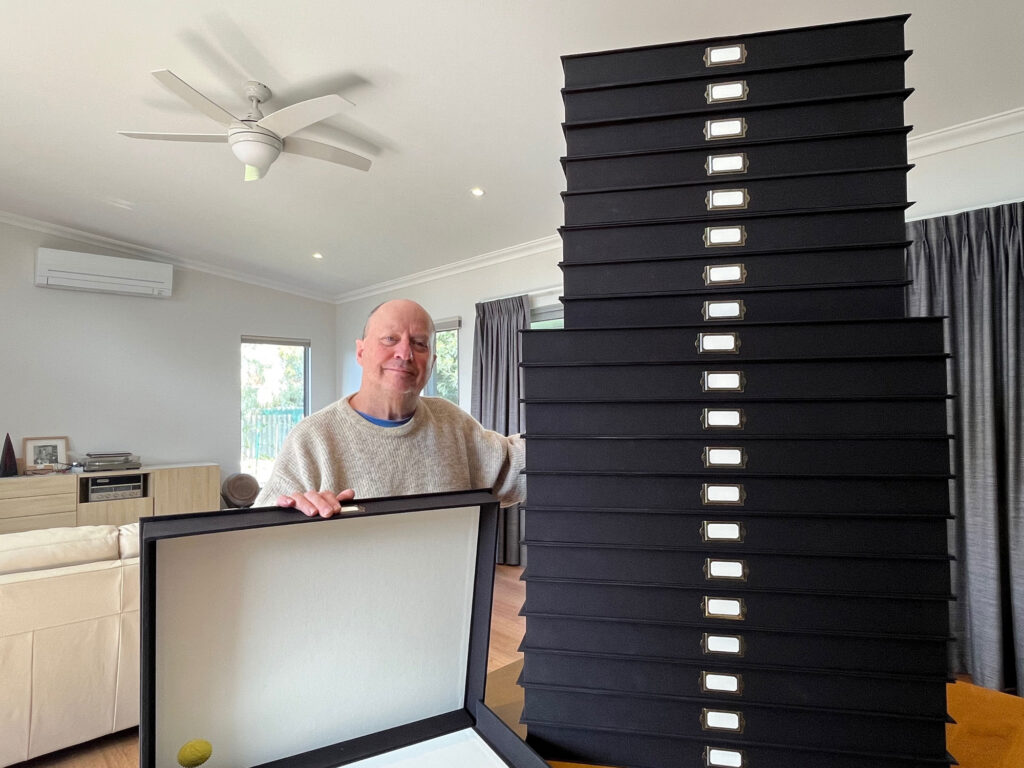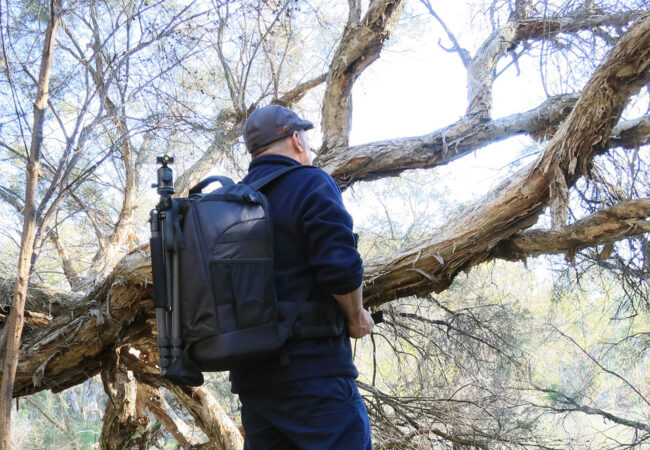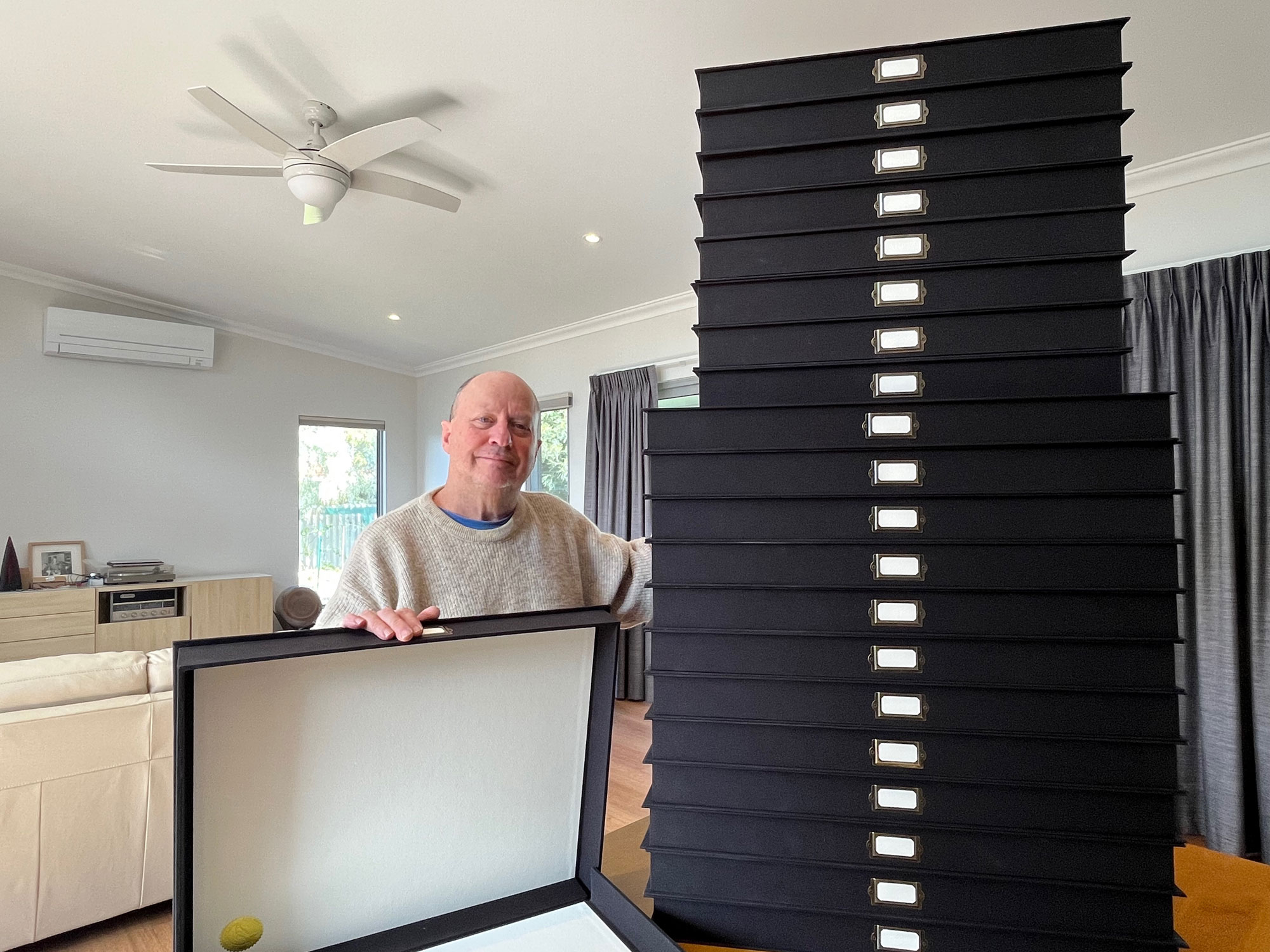
Storing Your Photographs – Alex Bond
If you are a printmaker, then you need somewhere safe and archival to store your prints. As photographers, we seldom, if ever, discuss the growing collection of prints, hidden away, somewhere in your home and the issue of print storage.
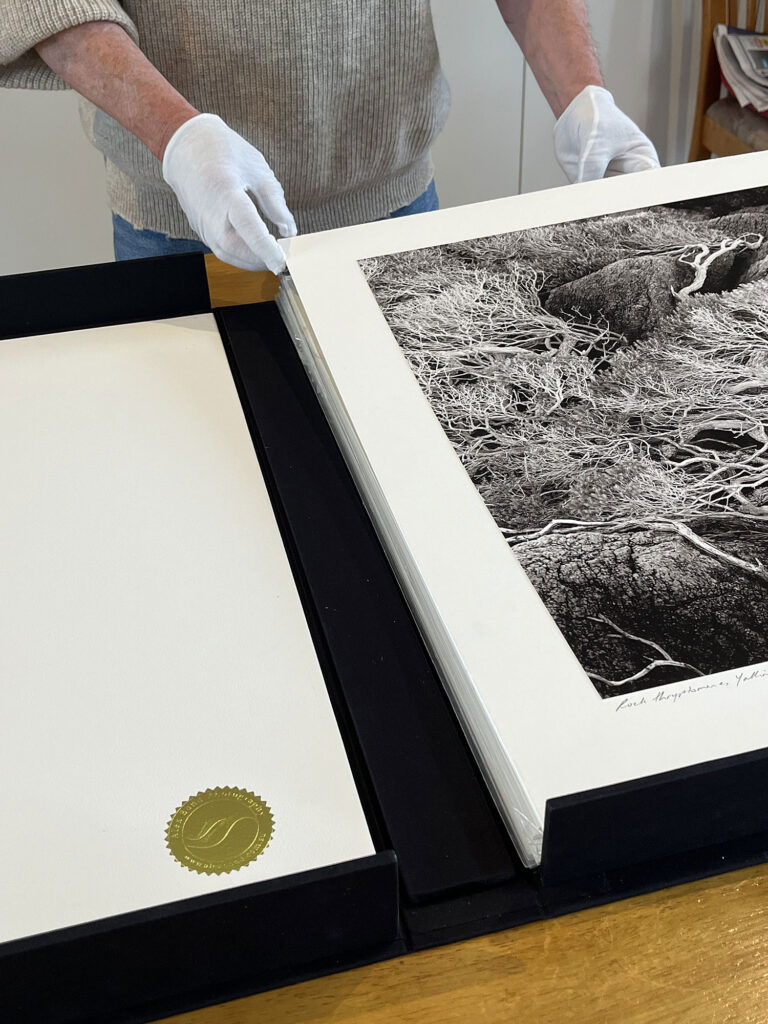
Photographic prints are prone to long-term damage from humidity and chemical reactions. This includes acid from the wood pulp and glue materials used in the construction of the storage box. They also need protection from fingerprints, scuffing, manhandling and other physical damage.
Yet, photographic prints represent a significant investment in both your time and money. There is the time and expense in organising a photo session or travelling to location. Then there is darkroom time, sometimes days, spent in resolving the final print. We must also consider material costs in purchasing high-quality papers, fresh chemistry, and acid-free mount boards.
Storing your best prints in old photographic paper boxes is common, but is no solution either, as these boxes are not archival.
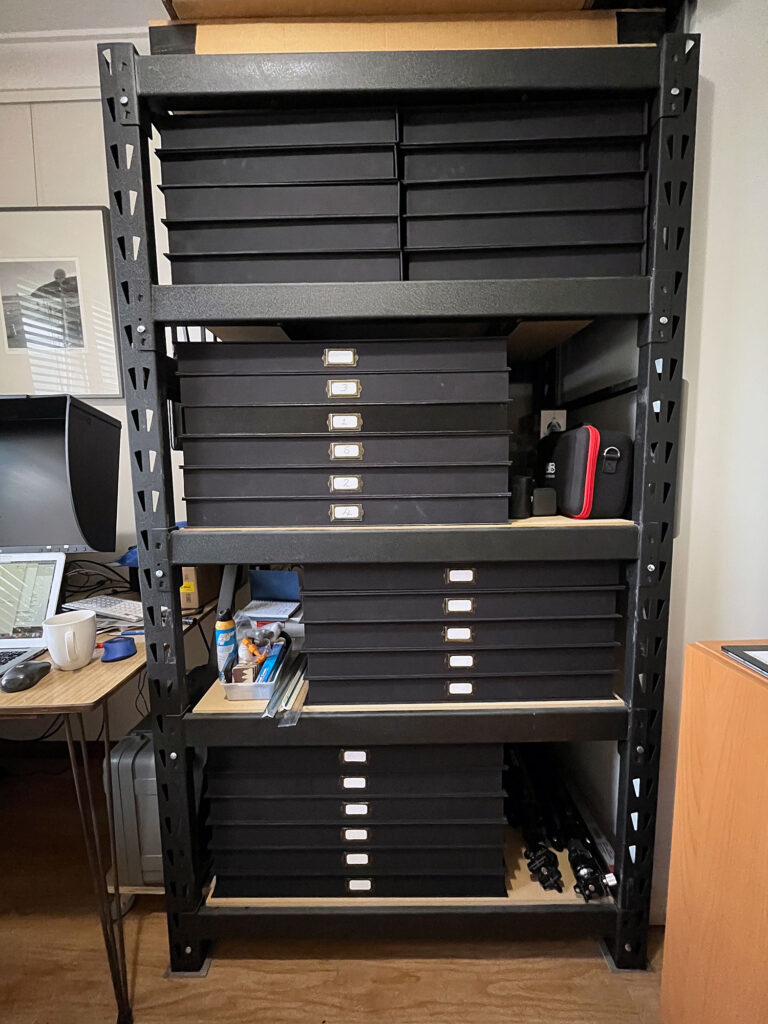
Customised Storage Solution
I chose to make my own clamshell boxes, so I could customise them to fit my print sizes and shelving space. My shelving space is limited, so I wanted to maximise the number of boxes per shelf.
Another important reason for making them myself is that I can learn new skills. There are some oversized boxes I wish to make for some longer items like triptychs sometime in the future. At first I started out making one clamshell, learning the new skills and techniques required to obtain a professional finish. There are some excellent videos online teaching you how to build customised boxes. I strongly recommend viewing the clamshell making videos of Sage Reynolds and Jim Escalante Once I gained an understanding of the process I then set about making a batch of over 20 clamshell boxes in 16×20 inch and 20×24 inch print sizes.
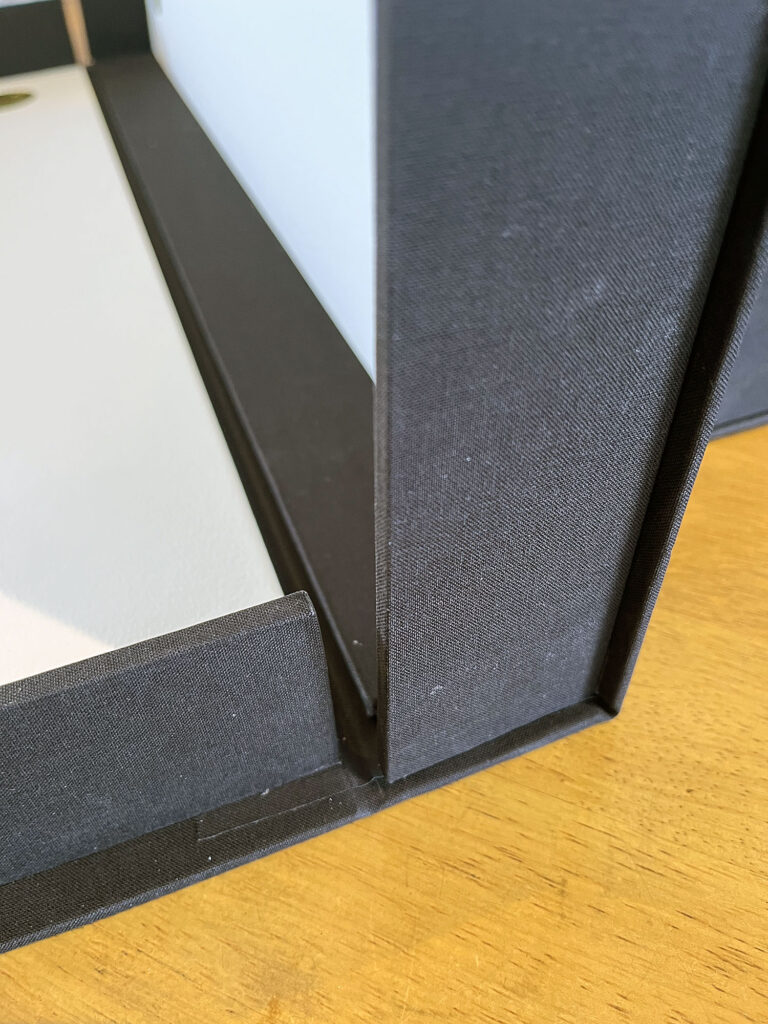
Clamshell Design Benefits
I use a four-walled clamshell box design. The drop-down spine allows for easy access to individual prints. My design included double-thickness walls to offer additional strength due to the weight of the stacked clamshells when full.
The inside of each box is lined with 300gsm 100% cotton rag, which is an acid-free surface. I used an acid-free bookbinding PVA glue throughout the construction process. The boxes were covered with Iris 101/826 Schwartz book binding cloth
Clamshells are strong and offer you a professional-looking presentation case. Most importantly, the drop-down spine gives ease of access, while the four walls protect your prints from physical damage.
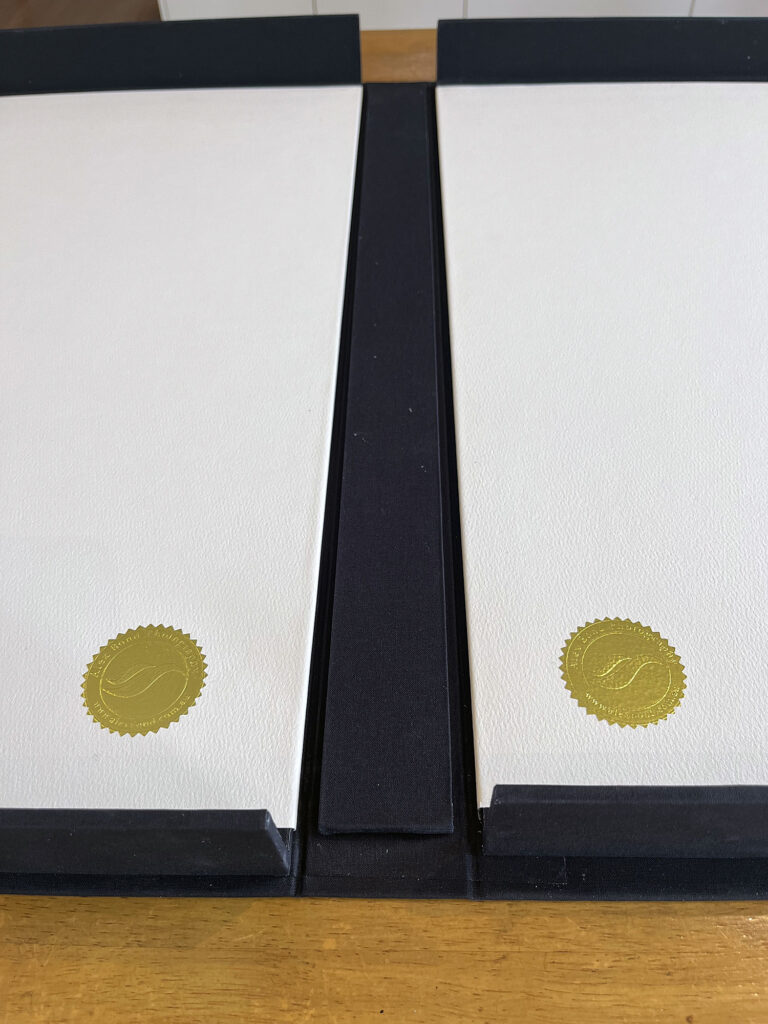
Improved Workflow and Archiving
These clamshells offer me considerable freedom within my darkroom printing workflow. I can choose to work on any negative that I feel inspired to print, finish the print, and safely store it. Using a unique print number in combination with the clamshell box identification, I can quickly search and find any print in my collection (see View Camera Australia – Organising Your Prints 2024). This is a huge time-saver when you need to find a print.
Summary
I am looking forward to getting back into my darkroom printing, knowing that I have sufficient storage for my prints. Clamshell boxes paired with a simple database offer me a more flexible printing workflow, without losing track of where my prints are stored. Clamshells are professional-looking and are an elegant way to present a print collection. The drop-down spine offers safe access to prints, while the fourth side gives added protection and strength. With my improved box-making skills, I will be able to make several new oversized boxes for longer triptychs or panoramic print collections.
